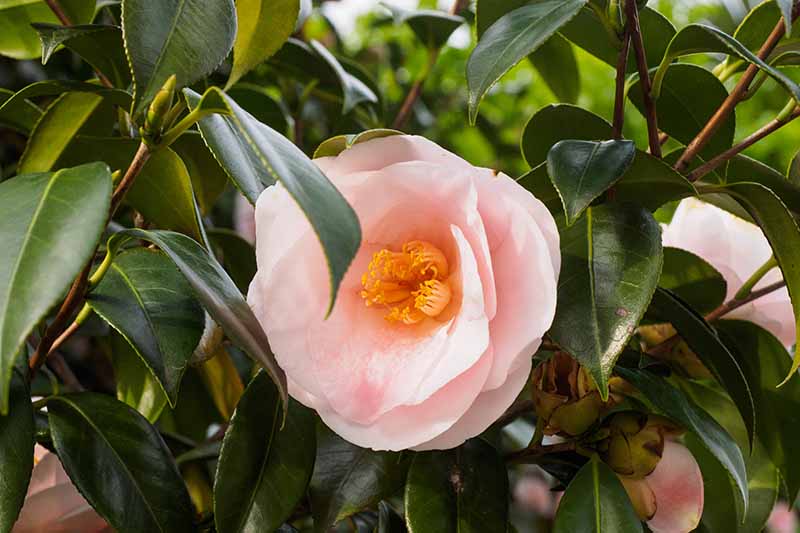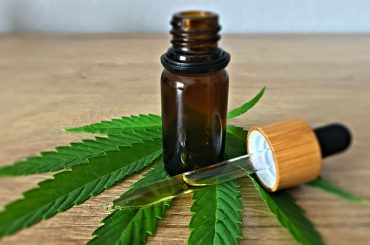Table of Contents
Camellia is a beautiful, flowering evergreen plant that dominates gardens in winter. There are hundreds of species and thousands of variations of these gorgeous Theaceae plants, which are hardy from zone six in the north down to zone eleven.
Camellias are adaptable and simple to care for, with numerous types blooming from early autumn to late spring. Under the right conditions, Camellias have been known to live for 100 years or longer, and some varieties have even been known to reach 50 feet in height! But that doesn’t mean there aren’t any issues with these common shrubs.
Even though Camellias are typically simple to maintain, especially once they reach maturity, a few things can negatively impact the plant’s functionality.
Here we’ll discuss some typical problems that keep your Camellia from blooming to its full potential.
Common Camellia Growing Problems
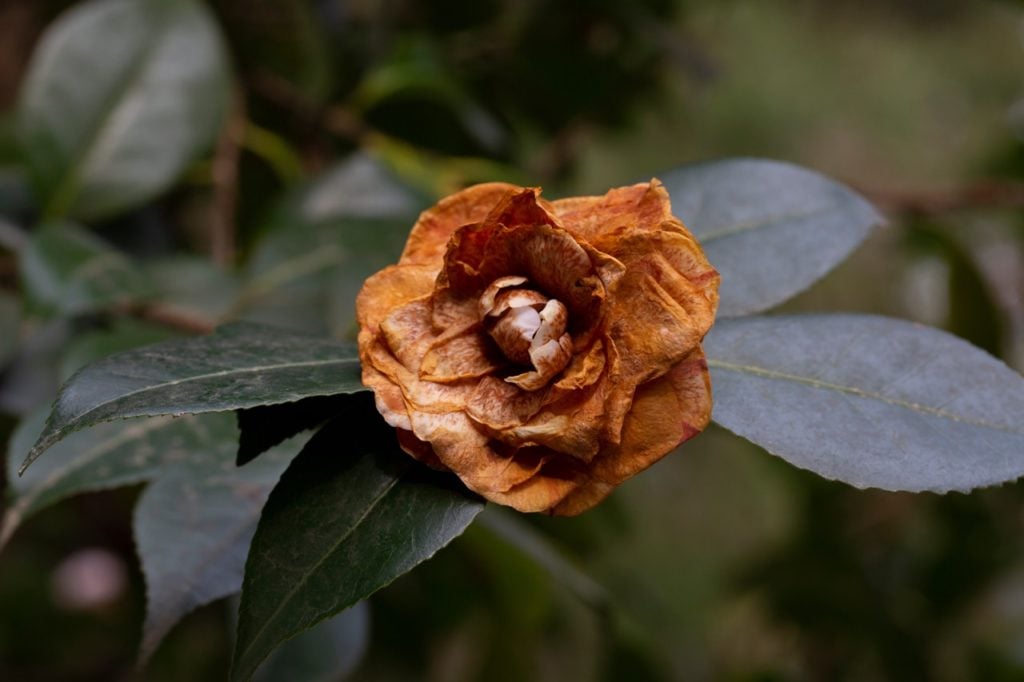
Camellia gardeners frequently experience the following issues:
- Poor drainage causes root degradation or mushiness, which affects the plant’s health.
- Leaf discolouration may be caused by a fungus called “Camellia gall” or nutrient or water shortages.
- Branch dieback is the withering of branches due to insufficient water input.
- Failure to flower or bud loss, which is frequently brought on by inadequate hydration, excessive fertilization, or extended exposure to cold temperatures.
- Blossom browning, usually brought on by exposure to cold weather or fungi.
It is critical for producers to address these issues as soon as they arise through adequate drainage, nitrogen management, watering techniques, and protection from extreme weather. These issues can affect the general health and look of camellia plants.
1. Root Problems
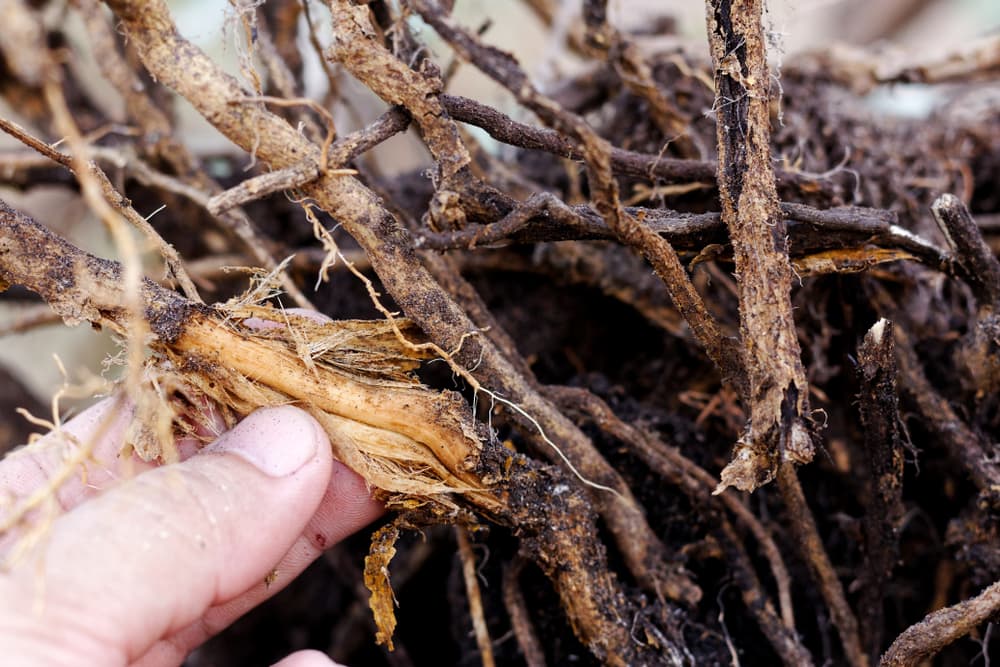
Overwatering or lacking drainage can be the most frequent issues during the growing Camellias because they require free-draining conditions. The root rot that causes a Camellia to appear to be dying and have mushy or brown interiors is called root rot.
Waterlogging or a fungal issue that develops due to overly saturated conditions can lead to root rot. You can repot your plant with a fresh growing medium, relocate it, or enhance drainage to help it recover if the issue has not spread too far.
In pot-grown Camellias, winter frost damage can also cause root damage. In chilly weather, shield the plants by enclosing the pot in insulating materials. To stop the issue from getting out of hand, keep an eye out for pests, and repot your plant in a fresh growing medium to give it time to heal.
2. Petal Blight
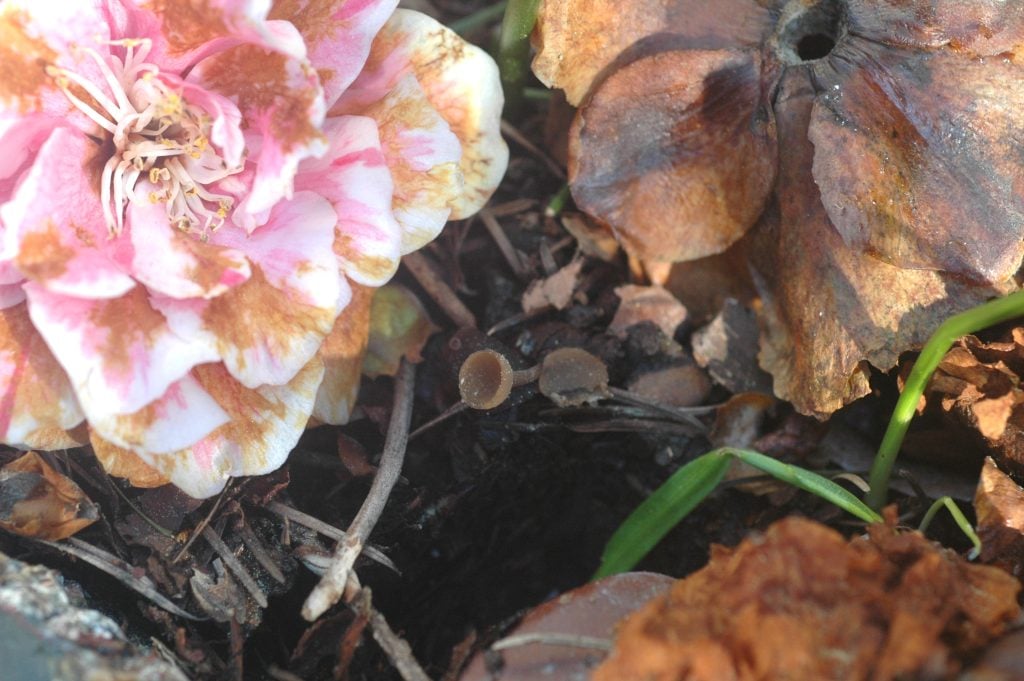
Little brown spots on the petals are the first indication that a plant is diseased. The blossoms will eventually turn entirely brown from these stains. Blight can be identified by looking at the bottom of the blossom after it has fallen; inflammation will have developed where the flower was attached to the branch.
Spores multiply in soil; therefore, collecting and removing fallen blooms is crucial for disease management. Fungicide treatment is typically optional if basic hygiene practices are followed. When cared for properly and prevented, a Camellia can recover from blight.
3. Overwatering Camellia
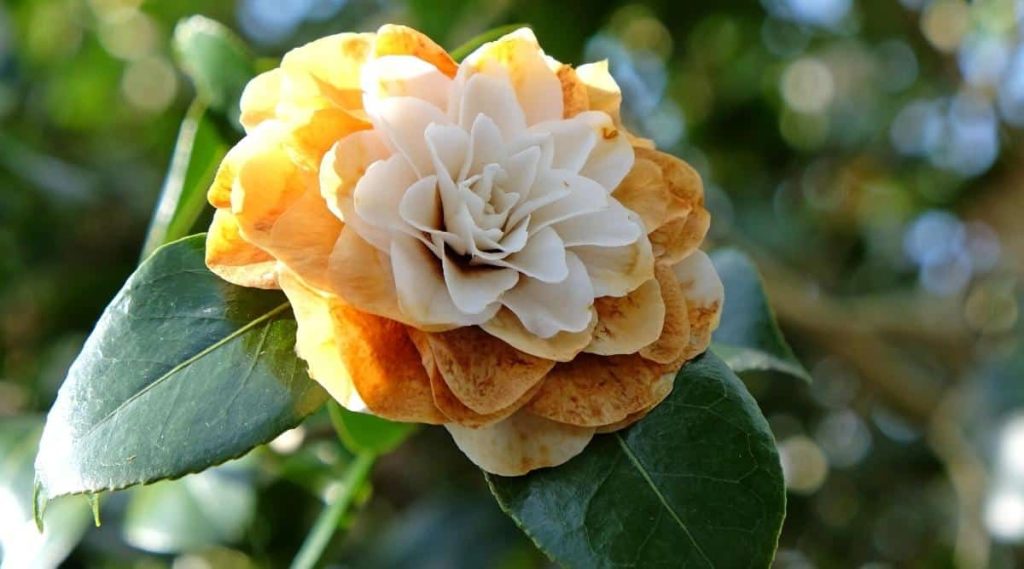
When they are first planted, Camellias require a moderate amount of water. A Camellia may require weekly watering throughout the first year to let the roots set down firmly. Once the tree is grown, they require minimal additional watering, especially if you live in a climate with moderate to high rainfall. Overwatering is a typical Camellia maintenance error that can impair fertilizer uptake and cause the leaves to be yellow and fade.
The ideal strategy to prevent overwatering is to plant your Camellia in a location with good drainage. Still, if this is not feasible, you can temporarily fix the problem by digging a small trench around the plant and adding some sand to the soil.
4. Camellia Gall-Related White Growths
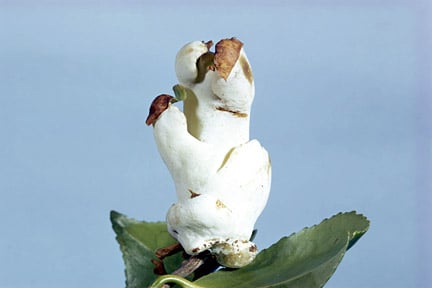
Large, white, ugly growths on leaves caused by the common fungal disease called Camellia gall start forming in the early summer. Since these galls can grow up to 6 inches in length, they can appear rather ominous.
They won’t permanently harm the plant; therefore, they aren’t a significant cause for alarm. Cut them off, and as soon as you can, destroy them. Experts advise placing the gall in a plastic bag if spores have surfaced.
5. Bud Drop
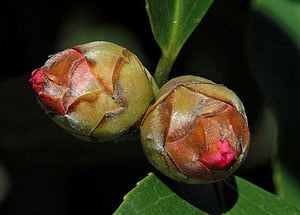
Bud Drop happens when plants have too much or too little water, not enough light, or it’s too cold. Additionally, they could experience mite issues or nutrient deficiencies. Before plants bloom, unopened buds frequently fall off and may turn brown.
Branch Problems
Camellia branch dieback is usually an advanced indicator of a root issue and mainly indicates a problem receiving water to the affected area. But if a leaf blight fungus infestation is allowed to worsen, branch dieback can also happen. Gardeners advise cutting off all affected sections as soon as possible to minimize losses and give the plant time to recuperate.
1. Aphids
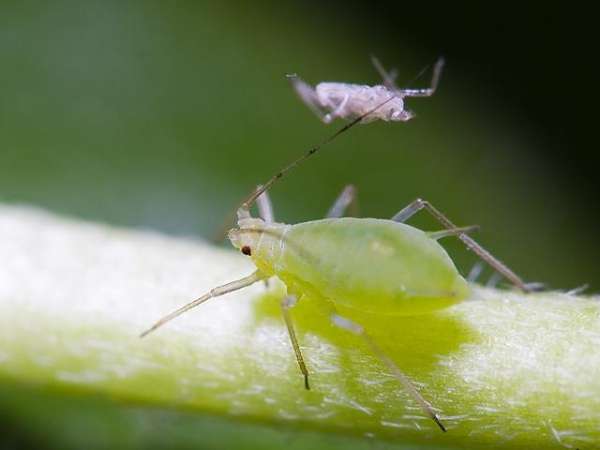
These common pests are prevalent in the warm months because they prey on the young, delicate camellia leaf. Young leaves are sapped for nutrition, and the insects leave a pleasant secretion that draws other insects and rots. Aphids have many natural predators, including ladybeetles, wasps and other insects. There are insecticidal soap sprays that can assist in getting rid of them. Another effective method to get rid of aphids is neem oil.
2. Scale Bugs
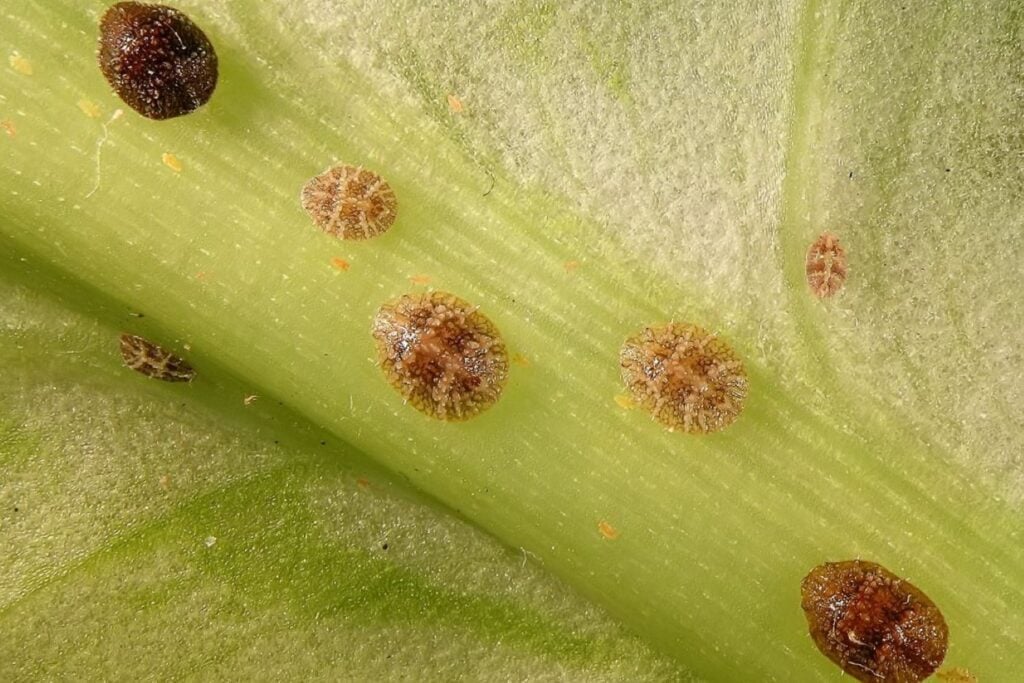
Camellia plants are a target for scale insects. Waxy armoured shells on these sap-sucking insects are frequently seen on the foliage. Other signs include sticky honeydew deposits, black mould, or white eggs under the leaves. Using horticultural oils or insecticidal soap is the simplest technique to eliminate scale insects. To get rid of significant infestations, use organic pesticides. Biological controls like ladybird larvae or nematodes that consume scale insects can also be used.
Check whether a Camellia is a good fit for your preferences and garden conditions using the list below.
- Camellia needs acidic or neutral soil. Chalky soils will not support their successful growth.
- Choose a spot that is partially sheltered and protected from severe winds.
- In particular, young plants need to be rinsed in dry weather from July to September. More mature camellias can take care of their water levels.
- Although occasionally using tap water is safe, they prefer more acidic rainwater.
- Certain varieties can be grown in large containers too.
- Depending upon the type, size, and spread, Camellias can range from 2 meters (or 6 feet) to 10 meters (or 32 feet) at maturity.
Conclusion
The majority of problems Camellia face can be fixed. Sadly, there are a few situations that will result in the death of these plants. By using hygienic planting and gardening techniques, most of the camellia growing problems can be avoided.
Camellias are tough and tenacious; they can recover from various problems independently. They can even make a strong recovery if they are transplanted or severely trimmed back.
If in doubt, experts suggest cutting off damaged leaves to help the plant concentrate nutrients on robust and new growth.
Frequently Asked Questions
Why Are My Plant’s Roots Soft and Brown Inside?
An attack by root disease can cause root deterioration in Camellias. The major root diseases afflicting plants cultivated in soil are honey fungus and Phytophthora root rot, but the latter can occasionally harm plants grown in containers. Waterlogging can also lead to root rot, harming both soil and container-grown plants.
What is Causing Some Leaves on My Plant to Turn Brown?
Various factors, like root issues, drought, frost damage, or powerful winds, may cause shedding. If the browning appears as patches or blotches, the plant may have contracted one of the fungus that causes leaf blight. Observing the causative fungus’s tiny, black, fruiting bodies is occasionally possible in the affected area.
What is the Best Time to Prune Camellias?
The optimal time to prune Camellias is shortly after spring when the flowers have bloomed, right before the plant begins to expand. Young plants should be trained to have a single central stem, with the first foot or two left bare, to allow air to circulate around the bark.
What Steps Can I Take to Guard Against Pests Harming My Camellias?
Maintaining the health of your plants might help reduce pest issues. Ensure your soil drains adequately and that your plants receive enough sunshine from the sun. You can also use horticultural oil or insecticidal soap to get rid of bugs.
Are There Any Organic Ways to Manage Camellia Diseases and Pests?
Yes, several natural and organic ways to control pests and diseases affect Camellias. Maintaining the health of the plants with appropriate watering, trimming, and fertilization can also help prevent infestations and diseases, introducing helpful insects and utilizing natural sprays like neem oil and garlic spray.

